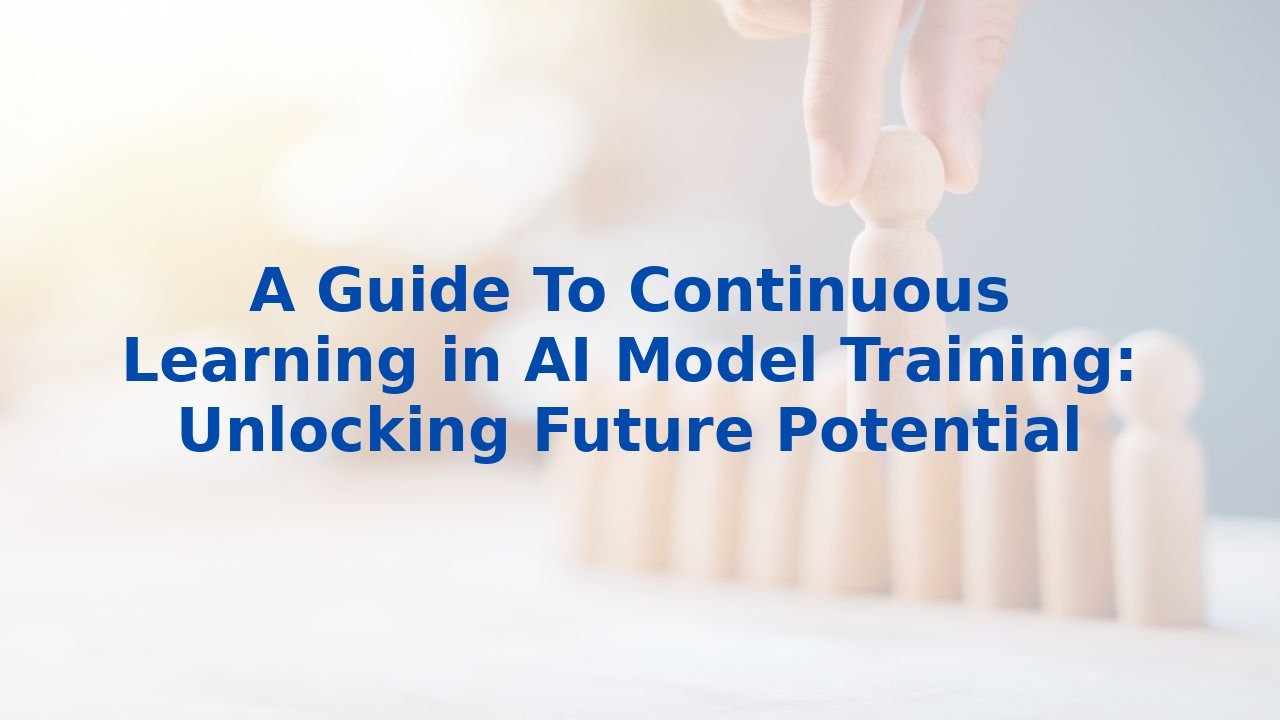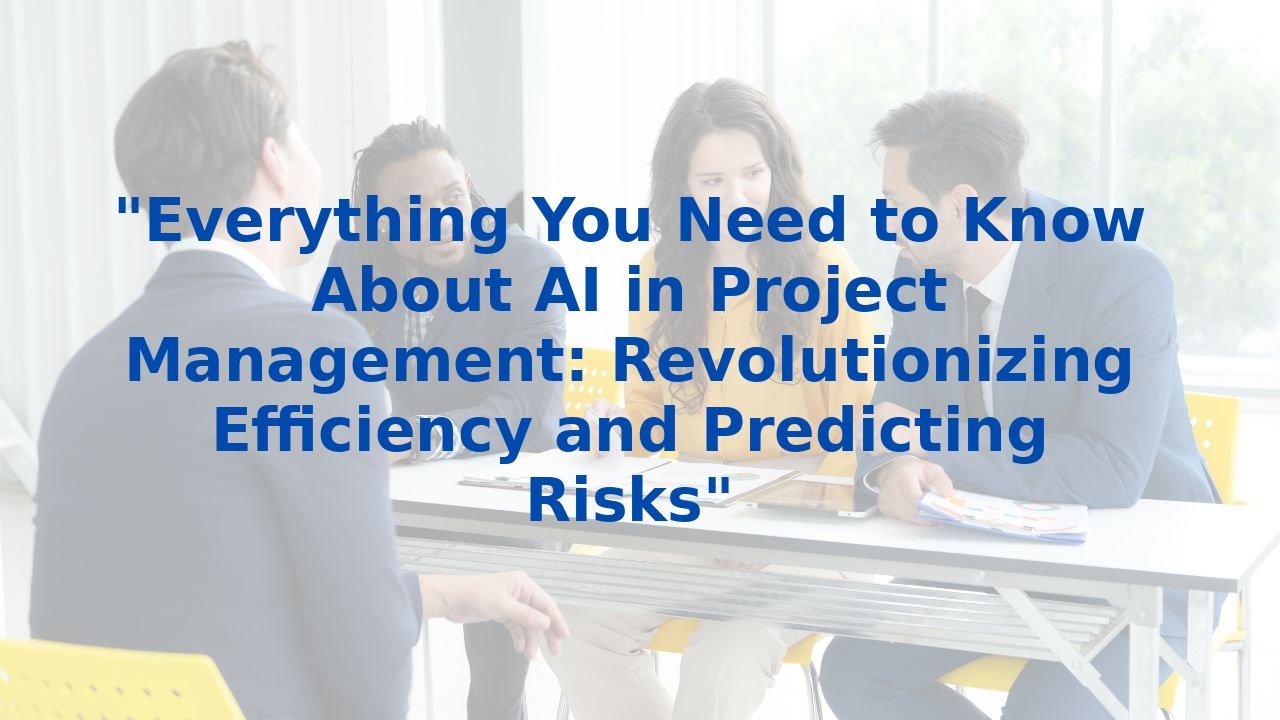A Guide To Continuous Learning in AI Model Training: Unlocking Future Potential
A Guide To Continuous Learning in AI Model Training: Unlocking Future Potential
In the fast-evolving world of artificial intelligence (AI), traditional models often find themselves struggling against the weight of fixed datasets and static knowledge. Imagine a landscape where AI not only adapts but learns continuously, enhancing its efficiency and application in real-time. This guide seeks to explore the concept of continuous learning in AI model training and how it can be implemented to unlock the future potential of your organization.
The Need for Continuous Learning
Traditional AI models are typically trained on a fixed dataset, becoming a snapshot of knowledge at a specific moment in time. This approach, while groundbreaking during its inception, poses significant limitations in today’s dynamic environment. As data evolves, older models may become outdated, struggling to provide accurate outputs and insights.
The nature of business processes is constantly shifting; the market is influenced by emerging trends, consumer behavior changes, and novel data points. To keep pace, AI must be equipped with a continuous learning model that updates its knowledge base in real-time. Without this capability, organizations risk compromising accuracy and relevance, ultimately affecting decision-making and operational efficiency.
Introducing the Controller Model
To tackle the challenges associated with static AI, the introduction of a "controller model" can serve as the cornerstone of a continuous learning framework. This model acts as an "AI auditor," overseeing the training and updating process of the primary AI system.
Key Functions of the Controller Model:
Verification of New Data and Outputs: Ensures new data streams and AI outputs are accurate and relevant.State Reset Mechanism: Allows reverting the model to a previously known good state if discrepancies arise.Human Expertise Escalation: Informs human experts to correct and refine model behaviors when necessary.
Potential Benefits of a Continuous Learning System
The adoption of a controller model offers transformative advantages for organizations committed to harnessing AI:
- Dynamic Knowledge Updates: AI models remain up-to-date, continuously enhancing their accuracy and relevance.
- Improved Performance: With continuous verification and updates, the overall efficiency of AI-driven processes skyrockets.
- Resource Savings: Reduction in the need for complete retraining translates to significant time and cost savings.
Challenges to Consider Along the Way
As promising as implementing a controller model may seem, organizations must remain vigilant and recognize potential obstacles:
- Increased Complexity: The addition of a controller model will introduce greater complexity to AI systems, necessitating sophisticated algorithms and infrastructure upgrades.
- Computational Demands: Real-time verification and updates demand increased computational resources, which may require scalability considerations.
- Latency Concerns: There may be response time delays due to the continuous monitoring of accuracy.
- Defining Correctness: Establishing clear metrics for verifying “correctness” can be a daunting yet crucial task.
- Privacy Issues: Involving human experts raises concerns related to privacy, especially within sensitive datasets.
Training Employees for AI Integration
To truly maximize the potential of continuous learning, it’s essential to invest in training employees to effectively collaborate with AI tools. Understanding the capabilities and limitations of AI is crucial for leveraging its outputs for enhanced organizational efficiency.
Employees need to learn how to formulate effective inquiries, evaluate outputs critically, and become familiar with ethical AI practices. Training sessions can significantly boost AI literacy, enabling team members to integrate AI into their daily tasks seamlessly.
By fostering a knowledgeable workforce, organizations position themselves to harness the full benefits of AI, transforming not only the technology landscape but also their competitive stance within it.
Conclusion
The journey towards implementing a continuous learning system for AI models through the controller model is not without its hurdles, yet the potential rewards are monumental. By embracing dynamic updates, improved accuracy, and reduced retraining demands, organizations can enhance their operational capabilities and safeguard their future in an unpredictable marketplace.
As industries evolve, continuous learning in AI will be critical in maintaining relevance and ensuring the sustainability of success. Prioritize not only implementing these systems but also equipping your employees with the necessary skills to navigate this new frontier. By doing so, you’ll unlock not just the future potential of AI but of your entire organization.



